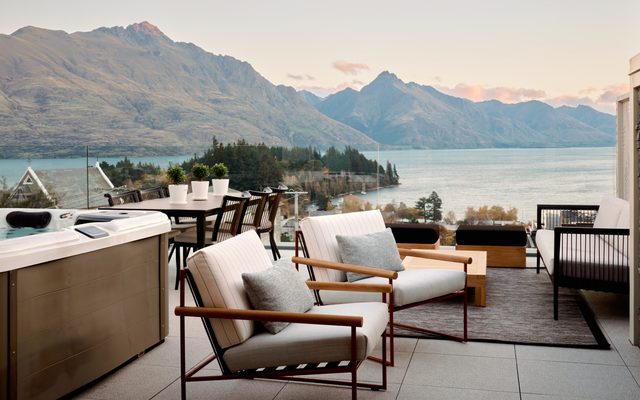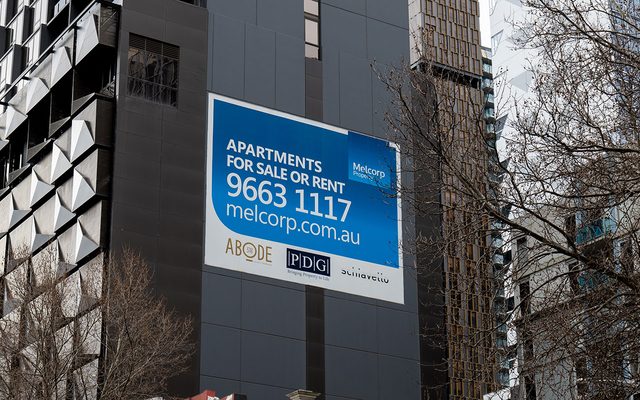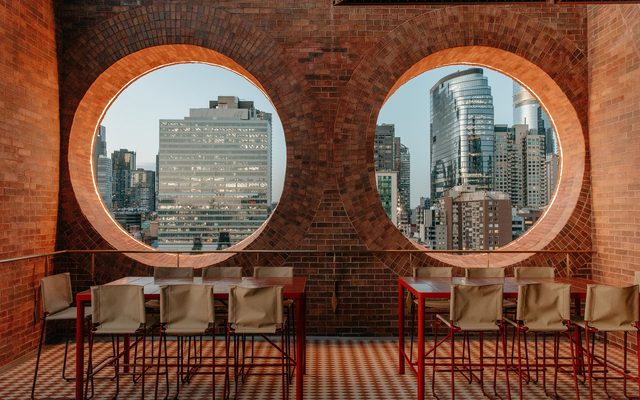This article is from the Australian Property Journal archive
MORE than 75,000 households have applied for the federal government’s HomeBuilder scheme, and new home sales nearly doubled during December to their highest level in almost 20 years as homebuyers sought to secure the full grant before the end-of-year deadline.
HomeBuilder is expected to support $18 billion worth of residential construction and renovation projects. In November, the government was still expecting a take-up of around 42,000 households by the end of 2020 – a figure that instead hit 75,143, according to Treasury data.
Introduced in June, the scheme offered $25,000 grants for the building of new homes or renovations. About 80% of the grants were for new builds.
Along with the First Home Loan Deposit Scheme and state incentives, HomeBuilder helped propel approvals for detached homes in November to its highest level since 1999, according to the Australian Bureau of Statistics.
It was extended for three months from the beginning of the new year as a $15,000 grant, and with the threshold lifted from $750,000 to $950,000 in New South Wales, and in Victoria to $850,000. The requirement to begin building within three months was extended to six.
Those eligible are singles earning up to $125,000, and couples earning up to a combined $200,000.
“HomeBuilder was designed immediately to inject confidence and encourage buyers back into the market to offset the devastating effects of the pandemic on the residential construction industry,” Minister for Housing and Assistant Treasurer, Micharl Sukkar said.
“On all counts HomeBuilder has more than achieved this objective.”
HIA’s latest New Home Sales report showed December recorded the second strongest month in new home sales in the 20-year history of the survey, only behind March of 2001. Sales surged by 91.8% compared to November,
HIA economist, Angela Lillicrap said the surge in sales could be attributed to HomeBuilder as households finalised contracts to build a new home before the deadline to access the $25,000 grant.
“The extension of the timeframe to commence building from three months to six, which was announced in November, played a significant role in December’s results.”
New home sales in 2020 increased by 32.5% on 2019 volumes, which Lillicrap said is an “exceptional result given the nature of the pandemic and the effect that it has had on the broader economy”.
However, she said it is not expected that the volume of sales will continue into January. The extension of HomeBuilder would support the sales of new homes into 2021, but not at this elevated level.
“Low interest rates, improved lending assessment and growth in the price of established homes will also support demand for new homes in 2021,” she said.
On raw numbers, Victoria was home to the biggest take-up of grant with 21,595 applications. Next were Queensland (16,613), New South Wales (13,687) and Western Australia (11,924), and then South Australia (7,428), ACT (1,891), Tasmania (1,812) and the Northern Territory (193).
Industry bodies praise initiative
“The surge in new home construction being driven by HomeBuilder has averted the valley of death that was confronting residential builders and tradies due to the pandemic,” Master Builders chief executive, Denita Wawn said.
“Without HomeBuilder thousands of small builder and tradie businesses would have gone under and hundreds of thousands of jobs would have been lost.”
She said the success of HomeBuilder also demonstrates that measures that support people to “overcome the deposit gap is a game-changer in making homeownership available to more Australians”.
Newly released data from the Australian Bureau of Statistics for the September quarter showed detached home commencements grew by 4.0% over the period, and was up 7.3% on the same quarter one year earlier.
Unit commencements were down 0.8% over the quarter, and commencements in the private sector other than for residential building fell 7.5%.
The value of working done for new residential building dipped 2.1% to $14.836 billion, but the value of alternations and additions to homes jumped by 6.4%, to $2.443 billion.
Property Council of Australia CEO, Ken Morrison described HomeBuilder as “the workhorse of Australia’s recovery” from the impact of COVID-19.
“Significantly, we are seeing record numbers of first home buyers coming into the market, assisted by HomeBuilder and the First Home Loan Deposit Scheme.
“HomeBuilder has kept the residential construction sector going strongly at a time when we were looking at a significant fall-off in new building activity even before the impact of COVID-19,” he said.
Urban Taskforce chief executive officer, Tom Forrest noted that the property construction and development sector is the largest employer.
“Investment in this sector has a massive multiplier effect because property design, engineering, construction, marketing and sales are all highly labour intensive. The building materials are largely locally sourced. So the money on this sector is spent in Australia, it stays in Australia and flows on as it is spent at local restaurants, on retail and entertainment – thus creating more local jobs.”



